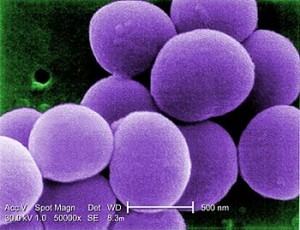
|
Last year when I spoke to my friend who is working as an infectious disease expert in Canada, he mentioned that India has a very bad reputation as far as antibiotics usage is concerned. We use antibiotics inadequately and inappropriately so that even our sewage drains are colonized by multidrug resistant bacteria. Emergence of multidrug resistance has become a major problem worldwide. Its impact on healthcare costs especially in poor income countries cannot be overstated.
A review of topical treatments for skin infections by Jonathan Cooke in Medscape dermatology summarizes his findings as below:
“Better clinical trials on the effectiveness and cost effectiveness of wound dressings are needed to ensure evidence based guidance is developed for optimizing the treatment of patients. It is surprising that with the paucity of evidence of clinical effectiveness, health care organizations continue to spend considerable resources on poorly evaluated topical wound products.”
This could be a good dermatology postgraduate research topic. We could design studies to find out whether the results that appear to differentiate between antiseptic agents in microbiological testing can be repeated in the clinical environment for the prevention and management of infections in acute and chronic wounds and probably into its economic impact as well. Experts in this field are invited to provide insights on study design at the popular dermatology thesis topics wiki.
 |
| (Photo credit: Wikipedia) |
The FDA has approved Sivextro (tedizolid phosphate) for the treatment of acute bacterial skin and skin structure infections (ABSSSI) caused by certain susceptible bacteria, including Staphylococcus aureus (including methicillin-resistant strains (MRSA) and methicillin-susceptible strains), various Streptococcus species, and Enterococcus faecalis in adults. Sivextro is available for intravenous and oral use and is marketed by Cubist Pharmaceuticals, based in Lexington, Massachusetts.
The University of Nebraska Medical Center (UNMC) in Omaha has released a mobile app aimed at fighting against antimicrobial resistance, puting the university’s clinical guidelines, protocols and dosing adjustments for antimicrobial use into a clinician’s hands. Like most other healthcare apps the impact on patient outcome remains to be seen.
What is your take on skin infection control and microbial resistance?
[/sociallocker]- Machine learning-based BOTOX API - April 11, 2023
- Skinmesh: Machine learning for facial analysis - November 10, 2020
- Free Dermatology EMR for Machine Learning and Artificial Intelligence - January 2, 2020



Leave a Reply